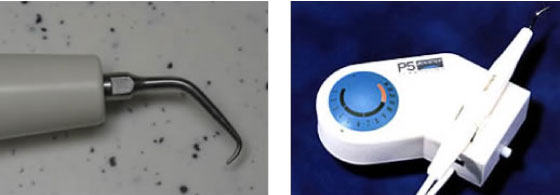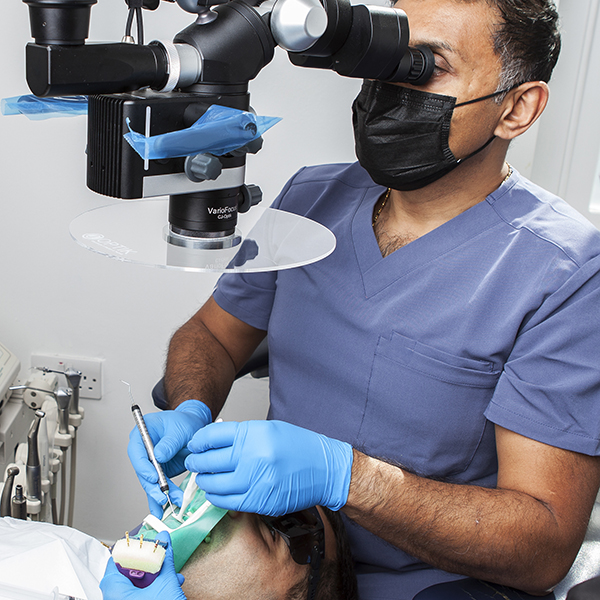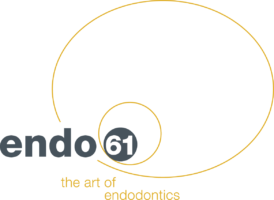The practice offers state of the art technology and the very latest equipment to assure consistency in the quality of endodontic treatment.
I very much welcome you to visit and watch the technology in action. Why not accompany your referred patients and earn some verifiable CPD!
Operating Microscope
The most difficult aspect of endodontics is usually at the access stage and identifying all the root canals. Magnification is invaluable in performing the previously impossible task of removing iatrogenic blockages an achievable procedure!
Our diagnostic skills have improved such as identifying the hairline fractures in teeth. At the other end of the root, our understanding of the complex root anatomy at the root apex and performing efficient and ‘atraumatic’ microsurgery with microsurgical instruments.
No longer does endodontics have to be hit-and-miss: if you can see it then you can treat it!
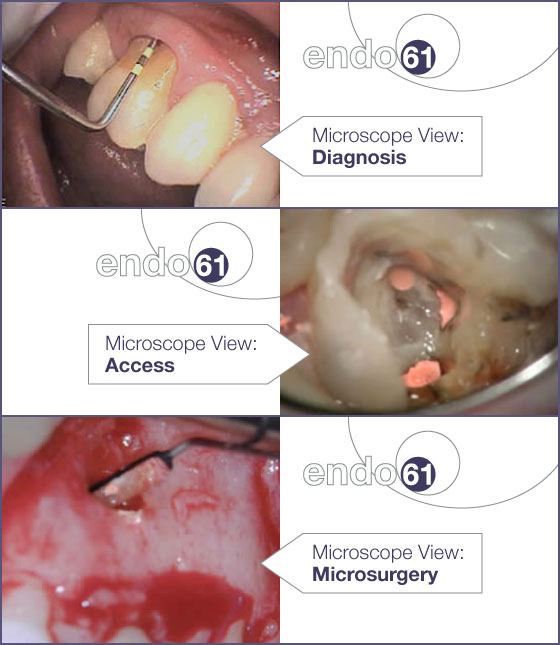
Flexion Microscopes
The operating microscopes that I use are Flexion microscopes (distributed in the UK by CJ Optik).
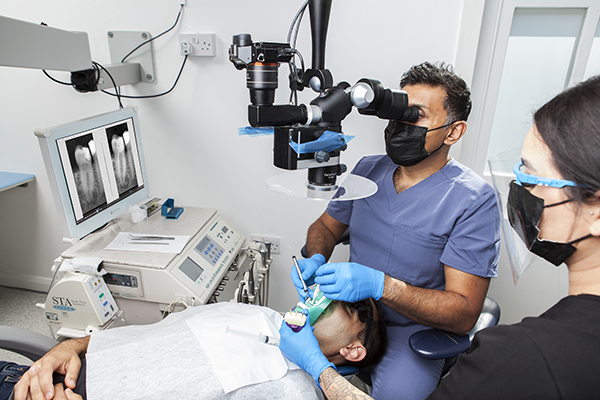
HD Digital Imaging
For teaching and archiving, a Sony HD camcorder is fitted to my Seiler scope to record clinical images and procedures in high-definition at the touch of a button, with ‘satellite’ imaging to other screens in the building for visiting students.
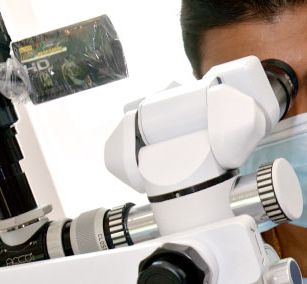
Digital Radiography
Digital radiography enables our delivery of endodontic treatment to be of the highest standard and involves the patient from the start. We currently use the Schick CDR Dental Imaging system that incorporates each image into the patient’s records, thereby keeping both digital x-ray and photo images together neatly in an entirely paperless office.
Starting at the diagnostic stage, discussing the needs of the patient: why they require endodontic treatment, how and where we shall deliver it to their particular tooth, is easy and clear to explain with the aid of the radiograph on a ‘big screen’.
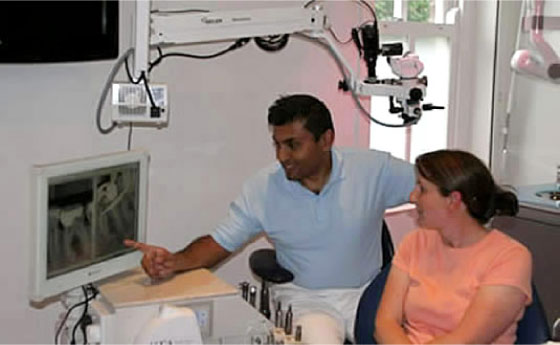
Single Tooth Anaesthesia
The STA™ system now gives me the ability to anaesthetise ‘hot’ pulps that are resistant to conventional ID block and infiltration anaethesia. The STA™ Handpiece is engineered for an easier and more controlled fluid-flow to achieve pain-free, precise anaesthetic delivery for the patient.
Dynamic Pressure Sensing (DPS™) Technology gives me audio-visual confirmation of the needle’s position in the PDL so I can provide a virtually painless intraligamentary and palatal injections with immediate anaesthesia. This means that I can get right to work, and your patients return to their routine without collateral numbing of an ID block!
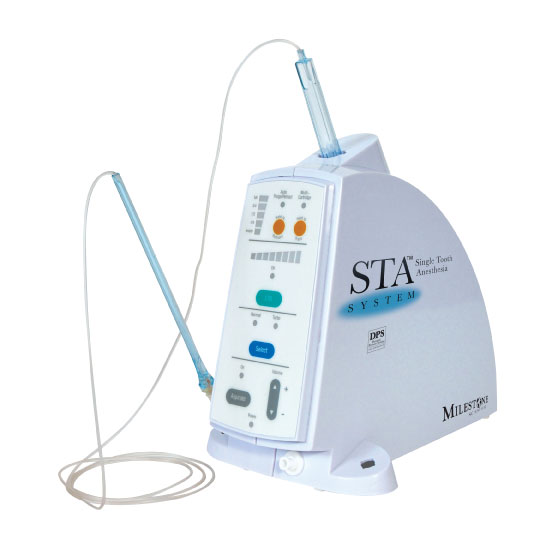
Apex Locators
Apex locators have come along way in the last 10 years and now give a very predictable ‘linear view’ of a 3-dimensional root canal. We know that the apical constriction of a root is never at the radiographic apex, hence the dictum of working the average “1 mm away from the radiographic apex”. This usually keeps us out of trouble. But, for absolute certainty the Root ZX II tells us exactly when we have reached the hallowed apical constriction in 90-95% of cases.
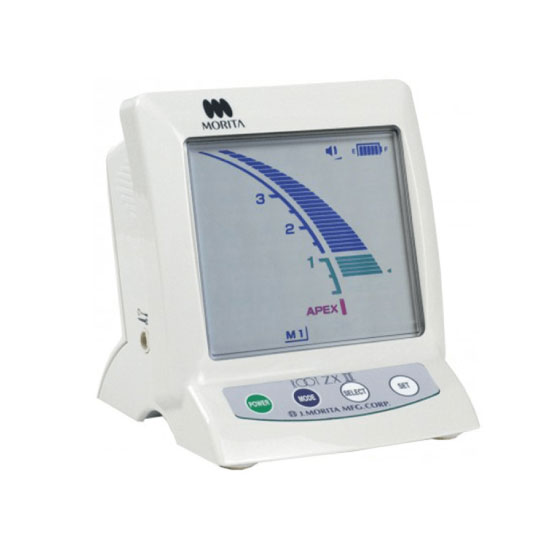
NiTi Rotary Files
Niti alloy files have quite simply revolutionised our ability to predictably clean and shape the root canal system. In an electric (torque-controlled) motor and endodontic handpiece, my current preferred preparation sequence encompasses a logical combination of ProTaper GOLD (Dentsply-Maillefer), HYFLEX EDM (Coltene), and MTwo (VDW) systems.
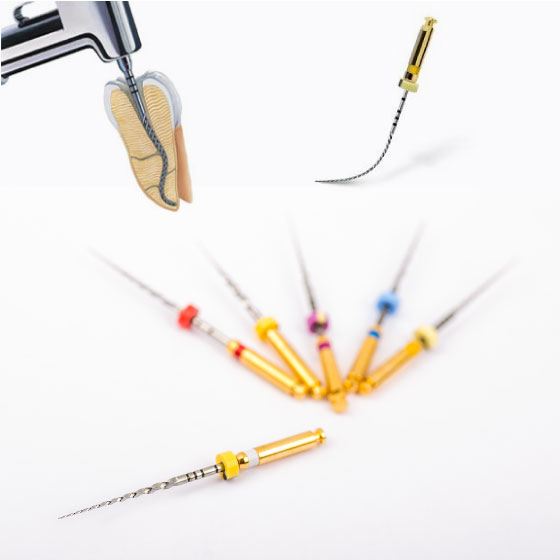
Ultrasonics
We now have the technology to be able to apply a certain finesse in certain aspects of our treatment with the help of specially designed ultrasonic tips. This is invaluable for careful removal of intracanal blockages, posts, separated files, or for penetrating through sclerotic dentine and opening root canal orifices, and microsurgery. I recommend the P5 or newer Newtron Booster units from Satelec UK.
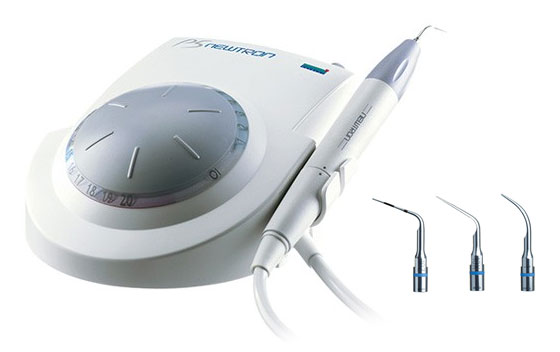
Thermoplastic G.P.
The advent of thermoplastic and flowable gutta percha has enabled us to achieve the desired 3-dimensional root filling. My preferred thermoplastic system is Microseal (Sybron-Endo. UK)
Endodontic Microsurgery
Specialist endodontic treatments demands the ability of the Specialist to be able to visualise what they are doing. This is obviously important for diagnosis and all orthograde clinical procedures. Its introduction has also provided a profound paradigm shift in our approach to surgical retrograde treatment in endodontics.Under the operating microscope, I use microsurgical instruments (microblades, 5/0 or 6/0 grade synthetic sutures, micromirrors), which allow me to address the affected and inflamed tissue specifically at the site around the affected root.
This enables us to remove less cortical bone for access and resect the apex of the affected root at a horizontal angle to eliminate all the complex apical anatomy. With surgical ultrasonic multi-angular tips, we are able precisely prepare apical end of a root canal prior to placement of Mineral Trioxide Aggregate.
